|
On November 16th, the sky was clear and, after a glorious sunset, atmospheric seeing promised to be mediocre but transparency was predicted to be superb. With no Moon in the sky, conditions were right to take the EVScope for another spin. I've now (separately) purchased the backpack that's sold with the EVScope; my rolling case, I suspect, my knock the telescope out of alignment. When I set it up this time, collimation was just about perfect. I made a couple tiny tweaks - again, this took seconds - and then rapidly achieved fine focus with the built-in Bahtinov mask. It was cold and I was exhausted, so I figured I would only take two ten-minute exposures of the Andromeda and Triangulum galaxies. Moments after the telescope slewed to Andromeda, I heard some rustling in the distance and noticed a dim orange glow, appearing and disappearing. Then the sounds of muttering wafted over on the breeze. It seemed I was sharing my park - and I had the disquieting feeling that I was being observed. After about eight minutes or so, I thought a third shadow joined the two in the distance, and then the rustling got closer. The conversation, it seemed, was definitely in Russian. Suddenly a flashlight turned on; there were three people, and they were walking directly towards me. I greeted them: "Hello? Hi!". At that, one of them exclaimed "oh my God!", and then all three of them darted to the side, behind a bush, and disappeared. The sounds receded into the distance. That was unsettling. Fortunately, after ten minutes the Andromeda exposure turned out nicely, considering the light pollution. Collimation and fine alignment really makes for much tighter stars and far better images, though I imagine things would be better still in superior seeing (and, of course, under a darker sky). Now it was on to Triangulum. It wasn't long ago that I managed to spot the galaxy with the FC-100DC, under darker skies some distance from DC. I noticed only a slight brightening of the sky, with averted vision, in what I could just perceive - or imagine - to be a spiral pattern. Clearly observing the galaxy now, from downtown, is a particular thrill. I don't know why, but Triangulum in particular has always captured my imagination. Maybe it's because it gets so little attention compared to the two giants of our Local Group of galaxies, or maybe because it's a face-on galaxy with distinctly knotted spiral arms . . . I'm not sure why, exactly. In any case, I find that the EVScope does a particularly good job on this galaxy (see above). And again, during the exposure I was in for a shock. With a loud thump and a lot of growing, a rabbit suddenly rushed right by the telescope, a fox in hot pursuit. The fox stopped short of my location with a snarl, then scampered - its little legs a blur - over a hill and behind a bush. Both fox and rabbit were no more than six feet from me. I couldn't wait to tell my four-year-old daughter in the morning. Anyway, after a few more minutes the Triangulum exposure was done to my satisfaction. I packed up the telescope, warmed my chilled fingers, and walked home. Suffice it to say, I've really started to enjoy the EVScope. A few days after my strange night with the EVScope, an ad appeared on AstroMart that forced me into hours of tortured thought (usually while attempting to get my one-year-old to sleep). Here was a Takahashi FC-100DZ, used only once and in pristine condition. As I've mentioned before, this year I've been tempted to swap my 100DC for a DZ. The DZ has better color correction and its optics might be marginally sharper, on average, though both improvements may be difficult to detect visually (I read many opinions, and they seem to differ). You can read a great breakdown of the relative merits of the four current FC-100 models here. I've resisted the urge to swap the DC for the DZ because, first, the hassle and expense seemed daunting, and second, the DC's weight is supposed to be lighter. The difference in weight, I concluded, outweighed (sorry) the marginal difference in optical quality. Yet the four-inch refractor is my most used telescope, and now I couldn't resist the urge to upgrade to maybe the finest refractor of this size ever made. So, I bought the DZ and sold my DC (along with some other stuff to make up the cost). I have to say, the comparison between DC and DZ surprised me in a few ways that aren't covered elsewhere. First and for my purposes most importantly, the weight difference between the two telescopes is scarcely noticeable. In the above pictures, you can see the DZ in a configuration for short-range, daytime viewing. However, to reach focus for astronomical viewing you must detach one of the couplings, and that makes the DZ noticeably lighter. It is then also more compact than the DZ when the sliding dew shield is tucked over the optical tube. Second, the most important couplings of the DZ do not screw apart but rather use thumbscrews and compression rings. You can also use that system to attach a diagonal, and I can't tell you what a difference it makes. I actually detest the Takahashi fetish for stacking screwable couplings in the visual back. The couplings, I've found, tend to stick together, and they're not wide enough to grip easily. It's easy to damage them (cosmetically) by applying too much pressure (I did as much to one of the DC's couplings). The new system brings the DZ in line with most other fine refractors, and it is just such a relief. Third, to balance the telescope - using just about any eyepiece - the clamshell tube holder must sit farther from the visual back than it does with the DC. This may seem like a very minor detail, but it provides more room for a red dot finder (RDF) just in front of the visual back. My Rigel QuikFinder RDF is now in a more comfortable position, and it's those little details that can make a real difference in the field. Fourth, the focuser is just a bit nice. Its knobs are metal - not plastic, as in the DC - and the feel is a bit smoother (though I did need to adjust the tension knob for my big Delos eyepieces). I sold Takahashi's two-speed focuser upgrade with the DC, and although I will no doubt miss the fine focus on the DZ, I didn't like how the two-speed add-on left some daylight around the gear housing. On the DZ, I'll stick with the stock focuser. That focuser, by the way, allows me to reach focus with all my eyepieces - something that was just out of reach for the DC. Finally, although the sliding dew shield is very smooth and easy to use, its tightening screw does leave a subtle mark on the optical tube that is noticeable when the dew shied is deployed. I wonder if the previous owner tightened the screw a bit too much, but I doubt it; I think this is just a natural consequence of the technology. It only matters if you're obsessive about the condition of your equipment - but Takahashi telescopes are so beautiful that they tend to bring out that obsession. Last night, and against my better judgement, I took out the DZ for the first time. I say "against my better judgement" because transparency was mediocre and seeing was poor. It's a recipe for disappointment to take out a new telescope in such conditions. I couldn't resist, but I did set up near the cathedral, closer to my house so I could hurry back if observing disappointed.
And did it? Well, a look at Mars did clearly reveal that the atmosphere would not be my friend tonight. And yet, I could plainly make out no fewer than three large dark albedo markings, along with that brilliant south polar icecap. Turning elsewhere, Rigel A and B were laughably easy to split in the poor seeing, and Orion was beautiful even before it emerged from the light pollution near the horizon. So could I make out an optical difference between the DC and DZ? Not after one night of poor seeing. Mars did seem a bit yellower than it does through the DC, and certainly I could detect absolutely no hint of false color in or out of focus. I'm excited to study the Moon, for example, on a really good night. Yet I don't expect a large or even a plainly noticeable difference. I bought the DZ primarily so I could be absolutely sure that the optical quality of my most-used telescope would never hold back my observations - and so that I would never wonder what something would look like with a slightly better telescope of the same design. It's a tiny thing, but after a while tiny things start to matter a whole lot in amateur astronomy.
0 Comments
Leave a Reply. |
Archives
March 2024
Categories
All
|
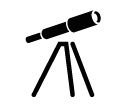
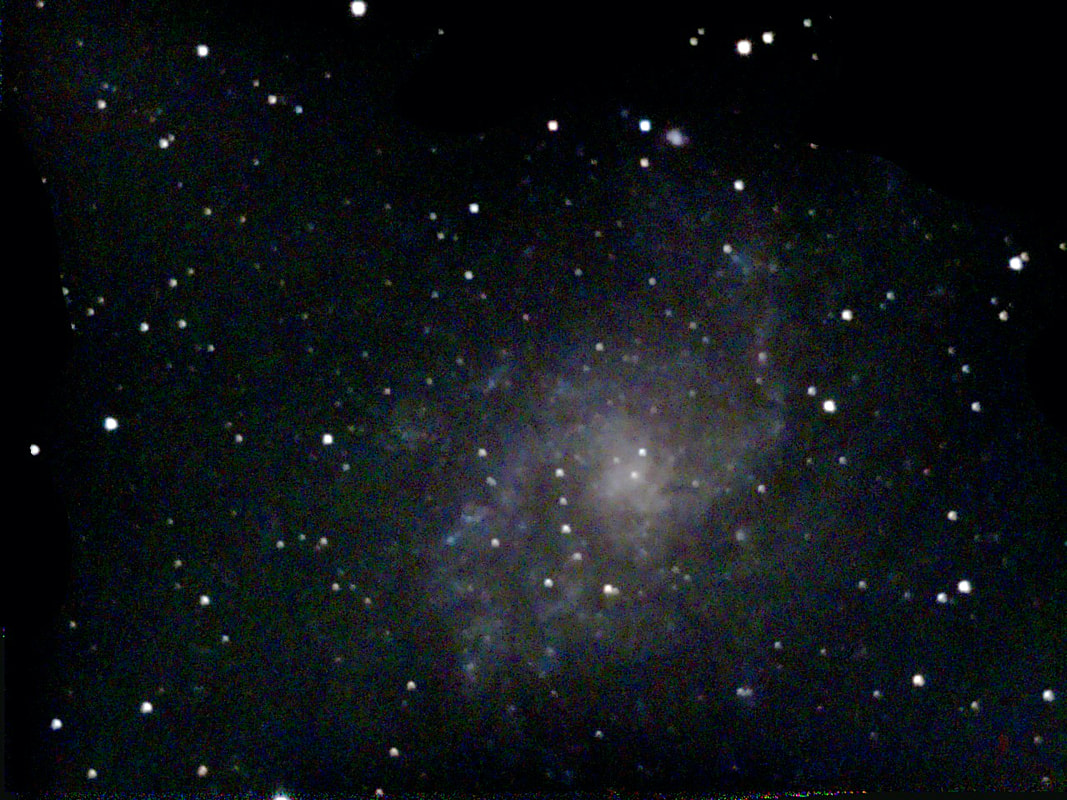
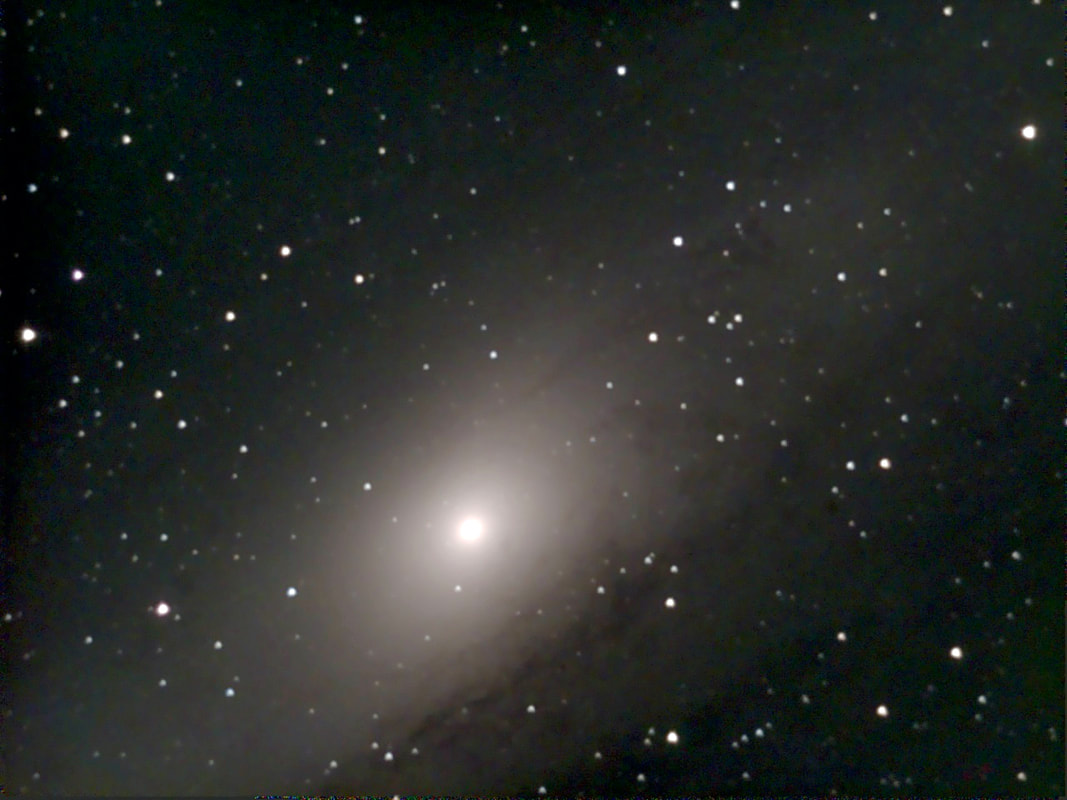
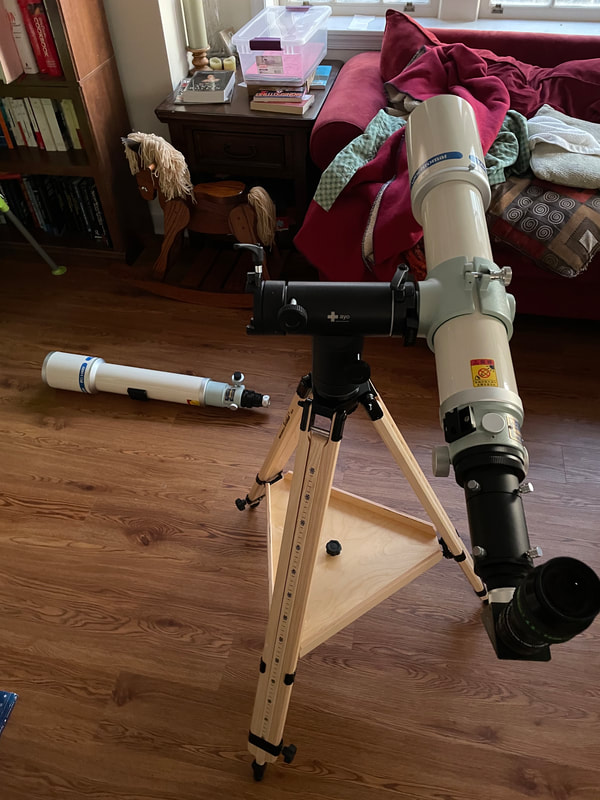
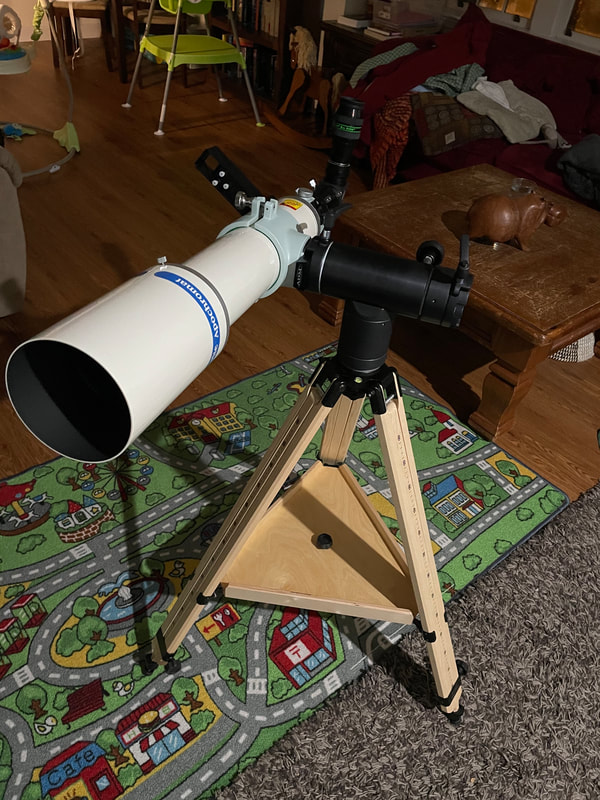
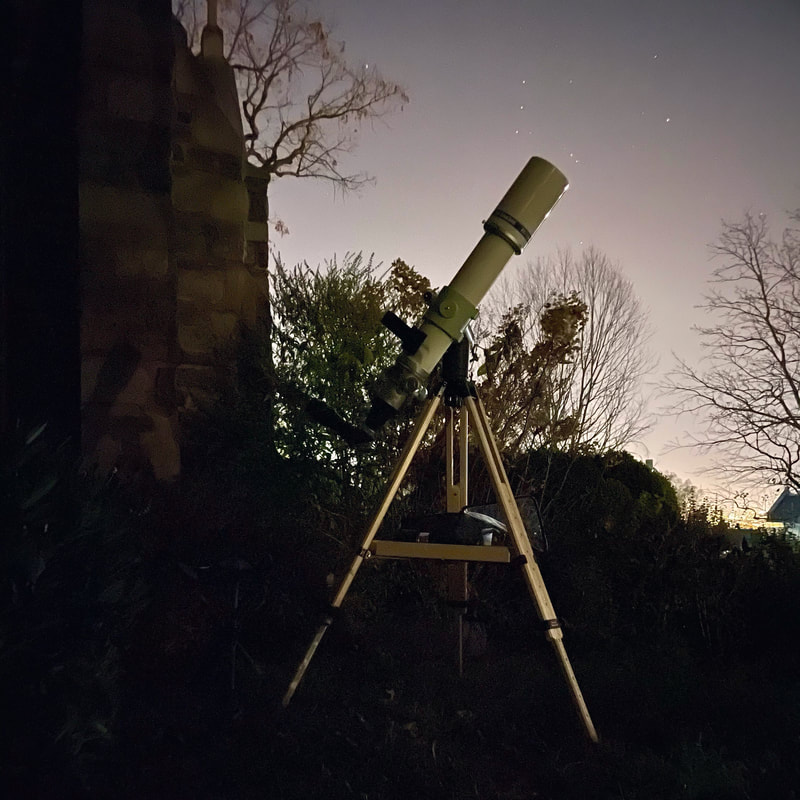

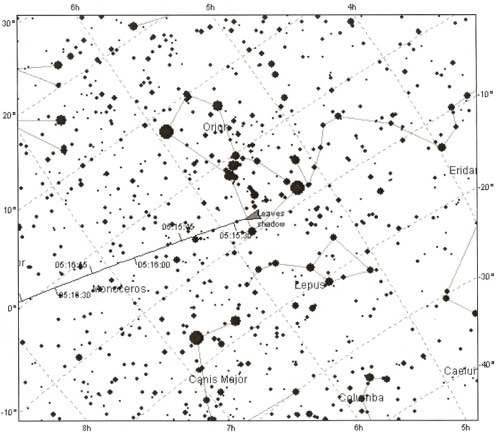
 RSS Feed
RSS Feed